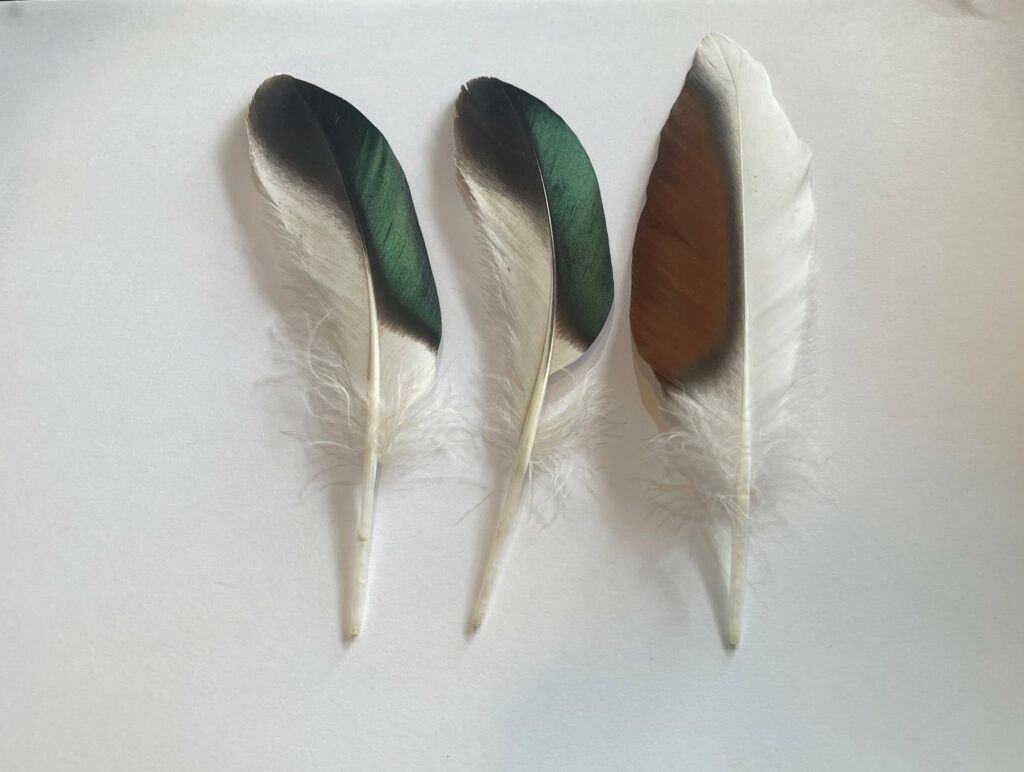SCIENTISTS are asking visitors to beaches to look out for shelduck feathers this summer.
Shelduck replace their feathers by moutling over the summer.
They can’t fly for between two and four weeks, and so need to find safe places to moult.
British shelduck either moult on mudflats in the UK or fly across the North Sea to sites in Germany and the Netherlands.
Five estuaries in the UK are known to be used by the birds, but now researchers want the public to help find out if there are others by spotting feathers.
Ros Green, lead scientist on the project, said: “Chemical compounds in a bird’s feathers can reveal so much about where the feather was grown and what the bird has been eating.
“Building up a picture of how shelduck populations migrate is vital if we want to ensure that offshore wind farms – which are an essential part of our renewables infrastructure – don’t get in their way.”
She added: “Searching for shelduck feathers is a perfect activity for the summer holidays.
“Beaches are full of all sorts of interesting things, so this is a great opportunity for kids to learn more about the world around them at the same time as making a real difference for science and conservation.”
Find out more at www.shelducks.co.uk

Read more stories on Scottish Field’s wildlife pages.
Plus, read about efforts to save wading birds in the August issue of Scottish Field magazine.
TAGS

